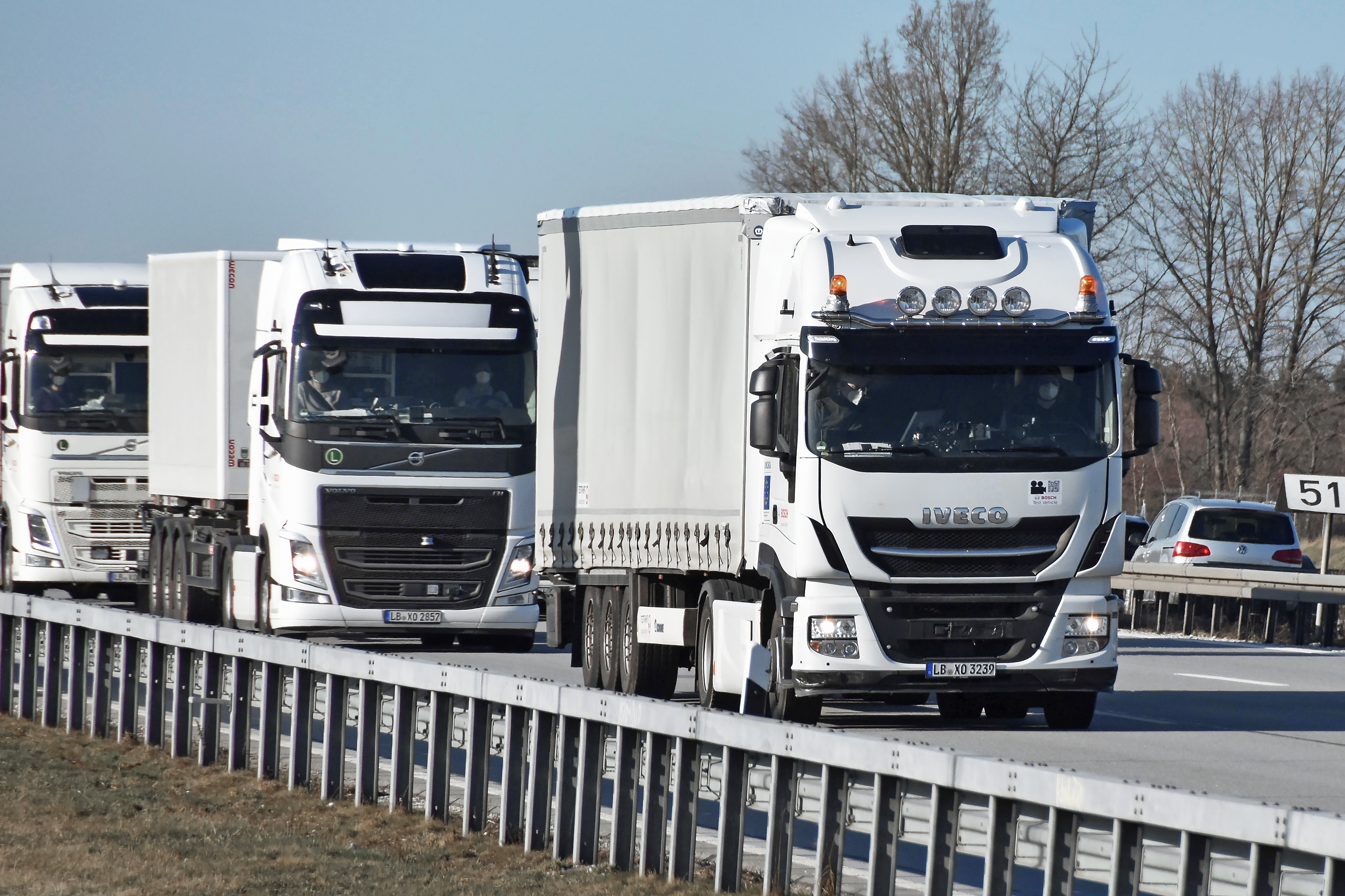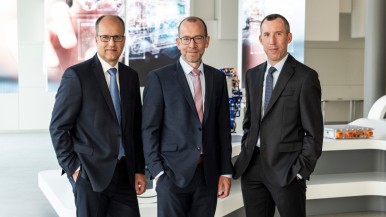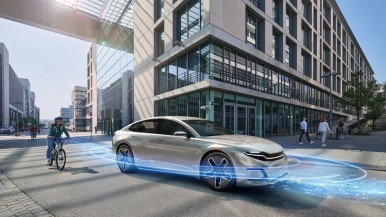Stuttgart – One of the cornerstones of automated driving functions is secure data communication between road users. With the additional information supplied through such communication, automation systems can adapt their driving maneuvers to suit the current driving situation better than would be possible using only the vehicle’s own sensor technologies. How the flow of data in vehicle-to-vehicle communication can be kept stable and secure is a matter that Bosch, Escrypt, Kapsch, Nokia, and Telekom have been investigating over the past three and a half years in the European innovation project CONCORDA in a consortium. This was headed by Ertico – ITS Europe, a public/private partnership pursuing the development and deployment of intelligent transport systems. The primary focus here was to investigate suitable ways of ensuring continuous data transport between the road users in the vicinity of the vehicle. Previous research has concentrated mainly on occasional warning messages that were sent out in cases of imminent danger. The approach now being pursued has resulted in particularly strict requirements in terms of securing the communication network against unauthorized access. Moreover, fast and stable data communication between road users must be ensured at all times irrespective of the network quality, for instance, even when driving in tunnels. The goal of the research was therefore to determine which benefits the various communication technologies offer for continuous, secure vehicle-to-vehicle data transmission.
Mobility is the largest Bosch Group business sector. It generated sales of 55.8 billion euros in 2024, and thus contributed around 62 percent of total sales. This makes the Bosch Group one of the leading mobility suppliers. Bosch Mobility pursues a vision of mobility that is safe, sustainable, and exciting. For its customers, the outcome is integrated mobility solutions. The business sector’s main areas of activity are electrification, software and services, semiconductors and sensors, vehicle computers, advanced driver assistance systems, systems for vehicle dynamics control, repair-shop concepts, as well as technology and services for the automotive aftermarket and fleets. Bosch is synonymous with important automotive innovations, such as electronic engine management, the ESP anti-skid system, and common-rail diesel technology.
The Bosch Group is a leading global supplier of technology and services. It employs roughly 418,000 associates worldwide (as of December 31, 2024). The company generated sales of 90.3 billion euros in 2024. Its operations are divided into four business sectors: Mobility, Industrial Technology, Consumer Goods, and Energy and Building Technology. With its business activities, the company aims to use technology to help shape universal trends such as automation, electrification, digitalization, connectivity, and an orientation to sustainability. In this context, Bosch’s broad diversification across regions and industries strengthens its innovativeness and robustness. Bosch uses its proven expertise in sensor technology, software, and services to offer customers cross-domain solutions from a single source. It also applies its expertise in connectivity and artificial intelligence in order to develop and manufacture user-friendly, sustainable products. With technology that is “Invented for life,” Bosch wants to help improve quality of life and conserve natural resources. The Bosch Group comprises Robert Bosch GmbH and its roughly 490 subsidiary and regional companies in over 60 countries. Including sales and service partners, Bosch’s global manufacturing, engineering, and sales network covers nearly every country in the world. Bosch’s innovative strength is key to the company’s further development. At 136 locations across the globe, Bosch employs some 87,000 associates in research and development.
Additional information is available online at www.bosch.com, www.bosch-press.com.





